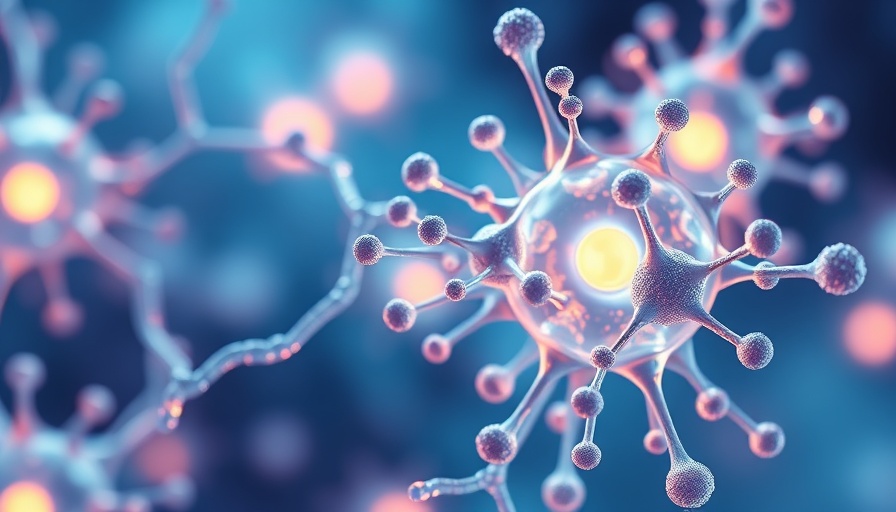
Innovative Approach to Targeting Acute Myeloid Leukemia
In a groundbreaking development, researchers from Osaka University have made significant strides in treating acute myeloid leukemia (AML), particularly for patients who have relapsed after traditional therapies. The innovative approach harnesses the power of a chimeric antigen receptor (CAR) T cell strategy, which specifically targets AML cells without damaging surrounding healthy tissue. This advancement is particularly crucial given that AML is notoriously challenging to treat due to the limited identification of specific tumor antigens, leading to high rates of relapse among patients.
The Role of HLA-DRB1 in CAR Therapy
The research focused on a molecule known as HLA-DRB1, which was identified as a promising target for CAR-based therapies. In previous studies, scientists had identified monoclonal antibodies that could identify human samples of multiple myeloma without affecting normal cell types, driving the search for AML-specific antigens. The study narrowed down thousands of monoclonal antibodies to 32 that specifically bind to AML cells, with the KG2032 antibody emerging as a standout, effectively binding to cancer cells in over 50% of patient samples.
Promising Results in Animal Models
Using engineered KG2032 CAR T cells, the researchers conducted experiments demonstrating strong anti-AML effects in both laboratory and mouse models. Notably, treated mice displayed no significant side effects, showcasing the potential of this targeted therapy to minimize toxicity—an ongoing concern in cancer treatments. Additionally, the team explored the potential of deriving CAR natural killer (NK) cells from cord blood, yielding similar encouraging results.
The Path Forward: Clinical Trials
With the promising outcomes observed in controlled settings, the next significant step for this research is the initiation of clinical trials, aiming to validate the safety and efficacy of KG2032 CAR T and NK cells in human subjects. This research not only provides hope for AML patients facing limited options but also exemplifies the transformative potential of CAR T cell therapy. As the oncology landscape evolves, these innovations may redefine treatment paradigms, offering new avenues of hope for individuals battling resilient types of cancers.
In conclusion, the ongoing research at Osaka University opens exciting possibilities in the fight against AML. Healthcare professionals, tech enthusiasts, and entrepreneurs should keep an eye on these developments as they promise to shape the future of cancer therapies.
 Add Row
Add Row  Add
Add 




 Add Row
Add Row  Add
Add 



Write A Comment